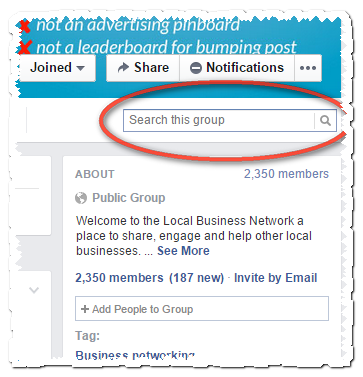
Proving its importance in the biometrics landscape, it was quickly followed by the online release of an unofficial open-source version known as OpenFace. This technology is incorporated into Google Photos and used to sort pictures and automatically tag them based on the people recognized. Using an artificial neural network and a new algorithm, the company from Mountain View has managed to link a face to its owner with almost perfect results.

In June 2015, Google went one better with FaceNet. On the widely used Labeled Faces in the Wild (LFW) dataset, FaceNet achieved a new record accuracy of 99.63% (0.9963 ± 0.0009). When taking the same test, humans answer correctly in 97.53% of cases, or just 0.28% better than the Facebook program. In 2014, Facebook announced its DeepFace program, which can determine whether two photographed faces belong to the same person, with an accuracy rate of 97.25%. An excellent rating, despite weaknesses regarding memory capacity required and calculation times. The GaussianFace algorithm developed in 2014 by researchers at The Chinese University of Hong Kong achieved facial identification scores of 98.52% compared with the 97.53% achieved by humans.
#Google photos search multiple face groups software#
Google, Apple, Facebook, Amazon, and Microsoft (GAFAM) are also very much in the mix.Īll the software web giants now regularly publish their theoretical discoveries in artificial intelligence, image recognition, and face analysis to further our understanding as rapidly as possible. In the race for biometric innovation, several projects are vying for the top spot. So, what is the best face recognition software? #1 Top facial recognition technologies Moreover, face detection and face match processes for verification/identification are speedy. There is no physical interaction with the end-user. That's because it's easy to deploy and implement. Why face recognition, then?įacial biometrics continues to be the preferred biometric benchmark. Of course, other signatures via the human body also exist, such as fingerprints, iris scans, voice recognition, digitization of veins in the palm, and behavioral measurements.

The face detection process is an essential step in detecting and locating human faces in images and videos.It captures, analyzes, and compares patterns based on the person's facial details. How facial recognition worksįacial recognition is the process of identifying or verifying the identity of a person using their face. Latest hacks: can facial recognition be fooled?.security: laissez-faire or freeze, regulate, or ban? Face recognition in China, India, United States, EU, and the UK, Brazil, Russia.2019-2024 markets and dominant use-cases.AI impact - Getting better all the time.

In this web dossier, you will discover the seven face recognition facts and trends set to shape the landscape in 2021. Face recognition – fascinating and intriguingįew biometric technologies are sparking our imagination quite like facial recognition.Įqually, its arrival has prompted profound concerns and surprising reactions in 2020.


 0 kommentar(er)
0 kommentar(er)
